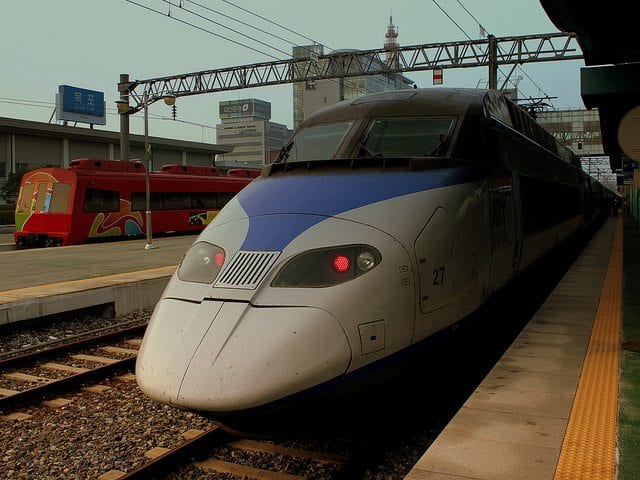
내린 다음에 탑시다.
(Nae-rin da-eum-ae tap-shi-da.)
Figurative Translation: Please board after everyone has gotten off.
Literal Translation: Get off then ride let’s.
You will hear announcements similar to this when riding all sorts of public transportation in Korea.
When you want to politely ask someone to do something in Korean it’s very common to use a, “Let’s…” sentence ending. It shows that you’d like this rule to apply to everyone, not just the person you’re talking to so it’s a tad more polite than just a command. We do this in English too, but it’s much more common to do it with children and might seem a little condescending to adults. This can be the case for Korean too, but less so.
Either way, let’s all be honest and admit that a) it’s easier for everyone if we wait for the people exiting the train, bus, etc. to get off before others try to get on and b) Koreans block the way or try to board before others have gotten off at a higher percentage than in many advanced countries. When this poor practice gets to you, you can use this phrase, perhaps with a friendly smile.
To take it apart a bit more for you more advanced students who can read Korean:
내리다: to get off
내린: turns the verb into past tense, similar in meaning to “we got off” (Combined with the next phrase it becomes, “After we got off.”)
다음: then
다음에: then + the location/time marker ‘에’
타다: to ride
(으)ㅂ시다: let’s (verbs that end in a consonant, add the initial vowel)
탑시다: Let’s ride.





